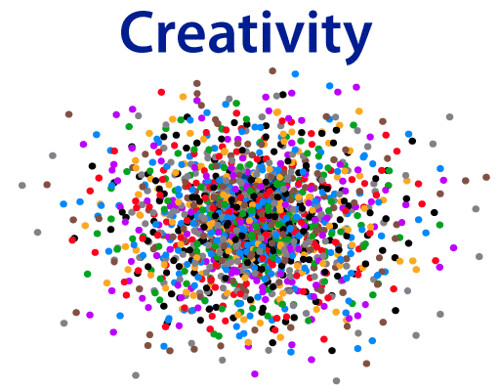G325 Exam Overview
The purpose of this exam is to assess your knowledge and understanding of media concepts, contexts and critical debates, through your understanding of one contemporary media issue and your ability to evaluate your own practical work in reflective and theoretical ways.
The examination:
• two hours
• two compulsory questions
• Total marks available: 100 (two questions on production work marked out of 25 each, and the media theory question marked out of 50.)
There are two sections to this paper:
Section A: Theoretical Evaluation of Production (50 marks)
Section B: Contemporary Media Issues (50 marks)
Section A: Theoretical Evaluation of Production
2 compulsory questions.
Question 1(a) describe and evaluate your skills development over the course of your production work, from Thriller Opening (AS) to Music Video (A2). The focus of this evaluation must be on skills development, and the question will require you to adapt this to one or two specific production practices. The list of practices to which questions will relate is as follows:
• Digital Technology
• Creativity
• Research and planning
• Post-production
• Using conventions from real media texts
Question 1(b) requires you to select one production and evaluate it in relation to a media concept. The list of concepts to which questions will relate is as follows:
• Genre
• Narrative
• Representation
• Audience
• Media language
EXAMPLE QUESTION
Section A: Theoretical Evaluation of Production
You must answer both 1(a) and 1(b).
In this section you need to write about your work for the Foundation Portfolio and Advanced Portfolio units. You must answer both 1(a) and 1(b).
1 (a) “Digital technology turns media consumers into media producers”. In your own experience, how has your creativity developed through using digital technology to complete your coursework productions? [25]
(b) “Media texts rely on cultural experiences in order for audiences to easily make sense of narratives”. Explain how you used conventional and / or experimental narrative approaches in one of your production pieces. [25]
The examination:
• two hours
• two compulsory questions
• Total marks available: 100 (two questions on production work marked out of 25 each, and the media theory question marked out of 50.)
There are two sections to this paper:
Section A: Theoretical Evaluation of Production (50 marks)
Section B: Contemporary Media Issues (50 marks)
Section A: Theoretical Evaluation of Production
2 compulsory questions.
Question 1(a) describe and evaluate your skills development over the course of your production work, from Thriller Opening (AS) to Music Video (A2). The focus of this evaluation must be on skills development, and the question will require you to adapt this to one or two specific production practices. The list of practices to which questions will relate is as follows:
• Digital Technology
• Creativity
• Research and planning
• Post-production
• Using conventions from real media texts
Question 1(b) requires you to select one production and evaluate it in relation to a media concept. The list of concepts to which questions will relate is as follows:
• Genre
• Narrative
• Representation
• Audience
• Media language
EXAMPLE QUESTION
Section A: Theoretical Evaluation of Production
You must answer both 1(a) and 1(b).
In this section you need to write about your work for the Foundation Portfolio and Advanced Portfolio units. You must answer both 1(a) and 1(b).
1 (a) “Digital technology turns media consumers into media producers”. In your own experience, how has your creativity developed through using digital technology to complete your coursework productions? [25]
(b) “Media texts rely on cultural experiences in order for audiences to easily make sense of narratives”. Explain how you used conventional and / or experimental narrative approaches in one of your production pieces. [25]


